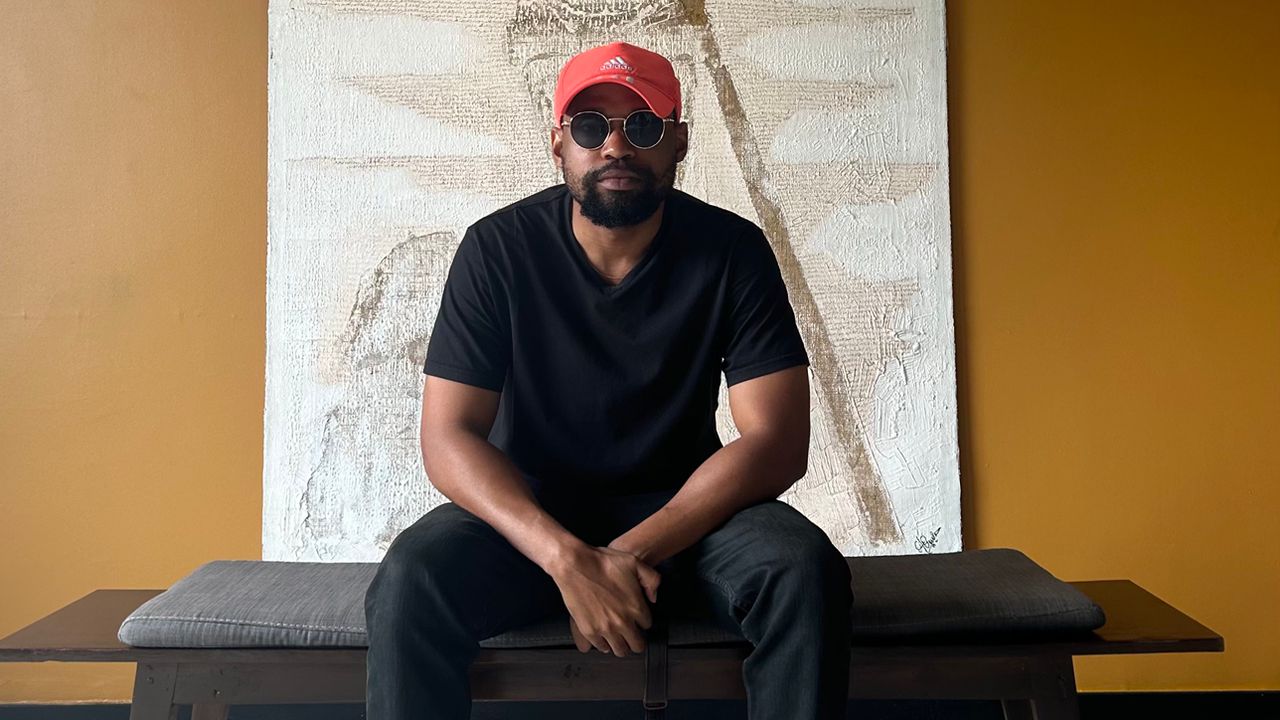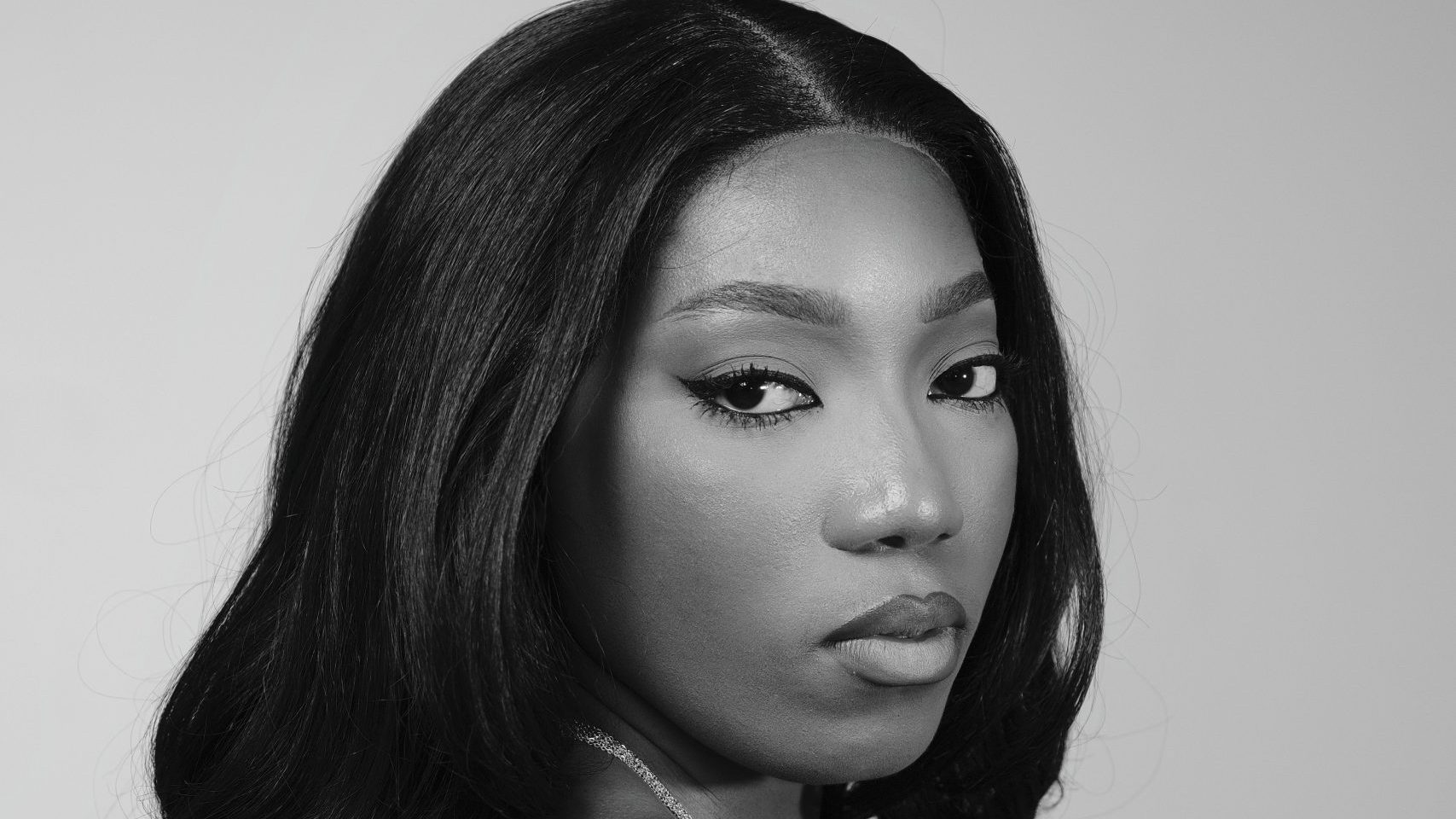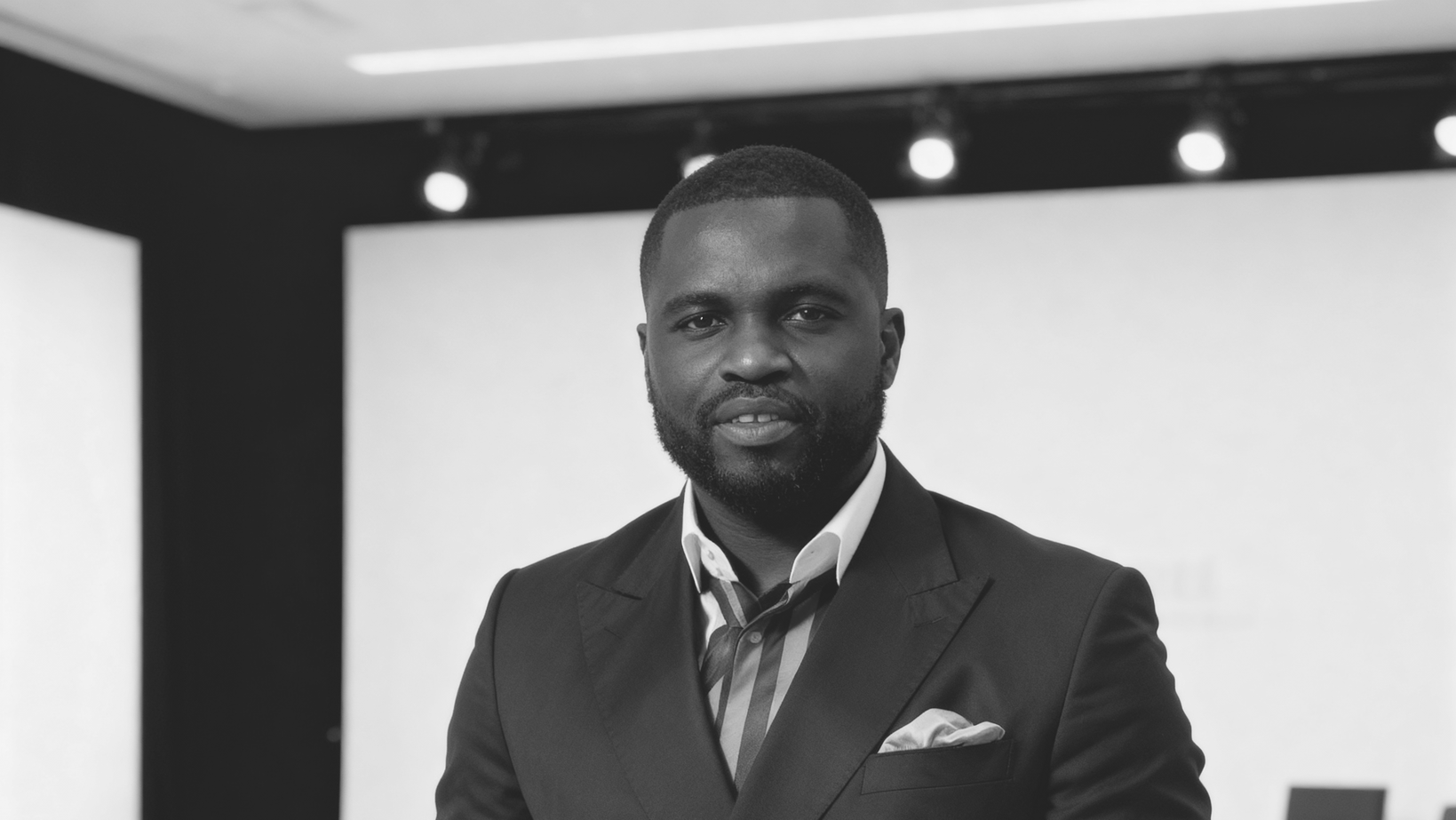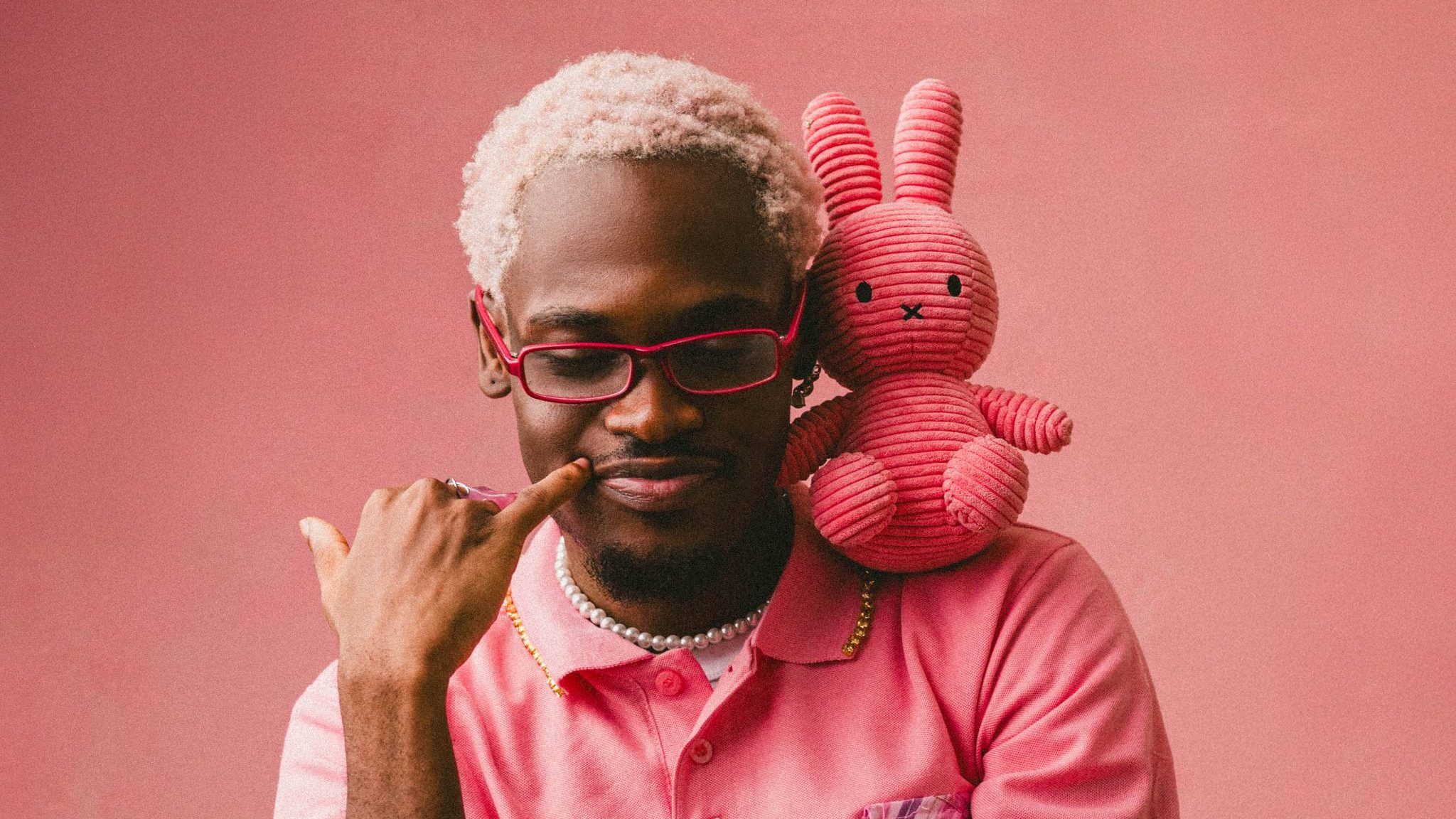Ifedola Ogundipe is a different kind of artist: one who helps others build structure behind their art. Working as a multidisciplinary creative director and A&R, he has a track record of shaping some of Nigeria’s most compelling music projects. Most recently, he spearheaded the creative direction and A&R for Falz’s sixth studio album, ‘The Feast’, and its prelude EP, ‘Before the Feast’, curating the sonic palette, themes, and immersive storytelling that define the body of work. But Ifedola’s artistry stretches far beyond a single collaboration. His career has been defined by work at the intersection of music, culture, and brand storytelling, driving campaigns and narratives to resonate both locally and globally.
In this conversation, Ifedola reflects on his philosophy of creative direction, artist development, the evolving role of A&R in African music, and why he believes that roots, structure, and excellence are the pillars of lasting artistry.
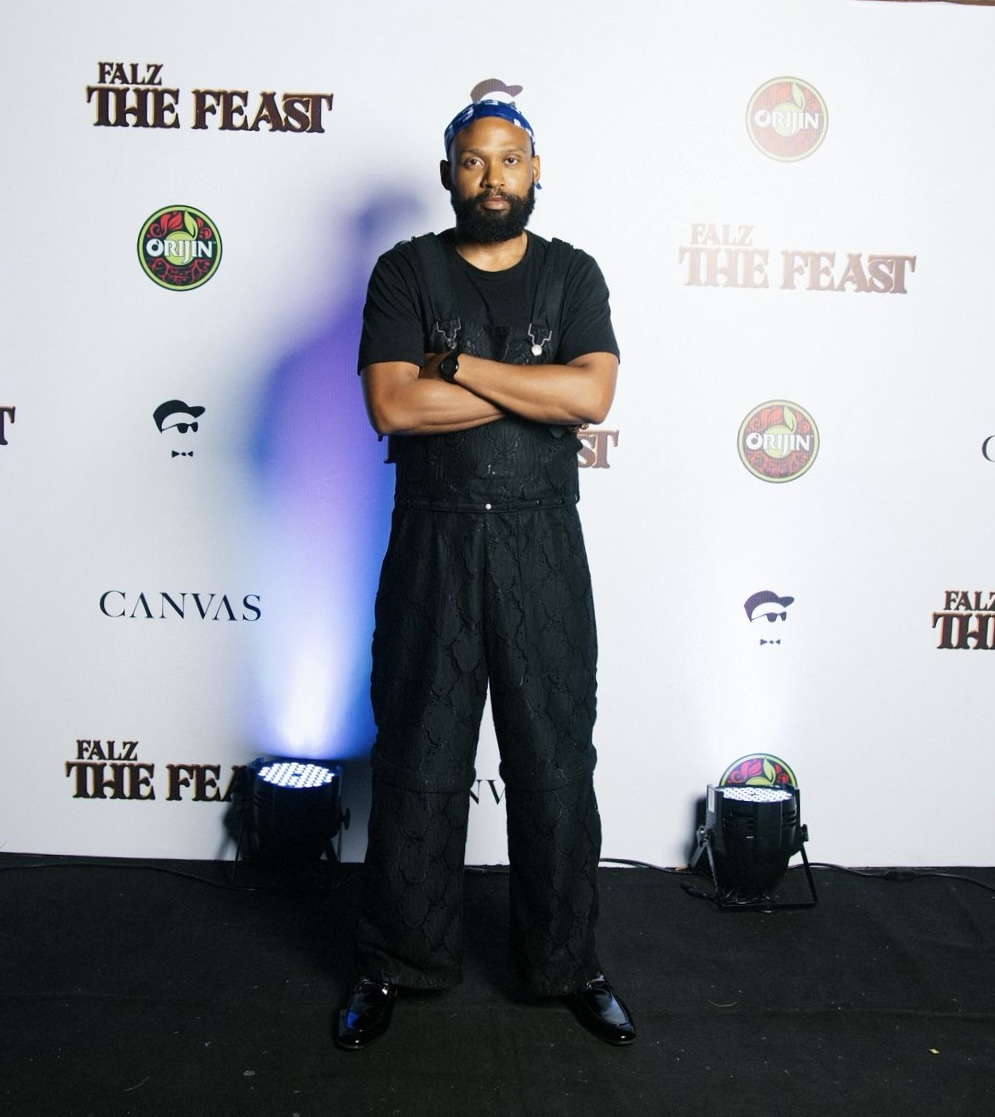
When did you first realise that creative direction and A&R were your calling, rather than being an artist yourself?
I’m an artist. In truth, I believe we are all artists in our own way, constantly creating, shaping, and expressing. But very early on, I realised that my gift wasn’t meant to live behind a microphone. My instrument has always been my mind: conceiving ideas, shaping narratives, and merging multiple forms of art and even non-art into something coherent and meaningful.
For me, Creative Direction and A&R are not a “calling” in themselves. They are simply vessels, ways through which I channel my creativity when music becomes the canvas. At times, that expression takes the form of shaping a soundscape or designing a visual world. Other times, it’s in structuring brand narratives or curating experiences that extend beyond the music. I’ve also contributed as a writer on songs, and even there, it’s the same impulse: to help build architecture around a feeling, to give an intangible spark a tangible form.
What drew me in and still keeps me anchored is the architecture behind the art. The structures that allow an idea to stand tall and endure. That, for me, is where clarity and fulfilment live. Because even though I’m not the one holding the mic, I see myself as “no less” of an artist. The conductor of an orchestra doesn’t play every instrument, but their artistry is undeniable. My work, in many ways, is about bringing harmony to the chaos and ensuring that the music in every sense of the word has a foundation strong enough to echo long after the performance ends.
You’ve worked across music, brands, and culture. What’s been the most transformative project for you personally?
The most transformative work for me has always been the ones where the stakes felt bigger than one element, where sound, vision, and story intersected to create something that shifted how people perceived a brand or a moment in culture. The Feast is a worthy mention. We had music, story, fashion, visuals, and culture combined into one body.
Do you see yourself more as a translator of artists’ visions or as a co-creator of new ones?
I see myself as both a mirror and a bridge. As a mirror, I reflect the truths and strengths an artist might not yet see in themselves. As a bridge, I help carry them into new spaces, connecting their vision to audiences, cultures, and opportunities they may not have imagined. In that process, I function as a conceiver, a translator, and an executor, ensuring that ideas don’t just remain abstract but find their fullest expression in the world.
‘Artist development’ is a term that gets thrown around a lot. For you, what does real artist development look like in 2025?
In 2025, true artist development is about roots before reach. It’s the discipline of slowing down to let the foundations take shape before stretching outward. At its core, it begins with voice: helping the artist discover a sound and style that is unmistakably theirs, not borrowed, not forced. From there, it expands into building a world: a universe of ideas, aesthetics, and stories that audiences can step into, live with, and return to again and again. Finally, it’s about grounding identity: creating not just an image but a brand architecture and business ecosystem that sustains the artist beyond the music. This approach ensures growth is not fleeting and it’s built on multiple layers. It’s a process that rewards the long game, of balancing patience with relentless ambition.
How important is community in building not just an artist’s career but also their cultural footprint?
Community is everything. It is both the soil and the sunlight, the foundation that anchors growth and the energy that fuels it. Without community, an artist’s rise may look impressive for a moment, but it is often shallow and unsustainable. With community, however, connections deepen, branches spread, and legacy becomes inevitable. The greatest artists and brands in history have thrived not only because of their craft or products but because they built spaces where people could see themselves reflected and connected.
For an artist, community is not just an audience; it is a living ecosystem of believers, advocates, and storytellers who amplify every move. It’s the people who sing your lyrics long after the music stops, who turn concerts into rituals, who wear your brand like an identity. The strength of that community determines not just how loudly an artist can speak in a moment, but how enduringly they echo through culture.
In today’s world, relevance is not measured by virality alone but by how often an artist can create shared moments that transcend the individual and belong to the collective. These moments, when multiplied over time, crystallise into cultural footprints. And those footprints, once left, are what transform artists into movements and brands into legacies.
What’s one mistake you see rising artists or their teams making repeatedly, and what would you advise instead?
Many try to sprint before they’ve learned how to walk steadily. They chase virality, quick wins, and fleeting moments of attention. But the artists who endure, the ones who shape culture rather than simply pass through it, are those who take time to build depth.
Depth in clarity of message, knowing exactly what you stand for and why. Depth in identity, cultivating a presence so distinct it cannot be mistaken. Depth in sound, honing and defining it until it becomes unmistakably yours. Without this foundation, speed becomes directionless.
You’ve worked at the intersection of music, culture, and brand storytelling. What’s the secret to creating campaigns that resonate both locally and globally?
The secret is rooted in truth and in being authentic. When the foundation of a story is honest, it carries a power that cannot be manufactured. By honouring the local story with sincerity, by embracing its unique perspectives, you allow it to stand in its full integrity. From there, the global connection happens almost organically.
The world is not hungry for replicas or diluted versions of what already exists elsewhere. What resonates deeply across borders is the sense that something is genuine, unfiltered, and original. Authenticity has a universal language, and when it is present, it speaks to people in every culture without needing translation. The world is drawn to authenticity, not imitation.
What role do you think African A&R and creative direction plays in shaping how the world perceives Afrobeats and African music today?
I see my role as both custodian and interpreter. As a custodian, I protect the integrity of the sound, making sure its roots, history, and cultural essence are never lost in translation. As an interpreter, I take that same sound and translate it for new audiences, ensuring the world does not just consume it but feels and understands the soul behind it.
But my work does not stop at preservation. I also believe in reinvention. The sound must remain alive and relevant, not locked in nostalgia. By reshaping its form, experimenting with its presentation, and reimagining how it can be experienced, I open doors for new ways of consumption while keeping its essence intact. For me, it’s about striking a balance between honouring the source and creating fresh pathways, so the sound continues to evolve while staying true to itself. That is how it becomes timeless and leaves a lasting cultural imprint.
How do you see Nigerian artists (and their teams) striking that balance between global appeal and local authenticity?
It is about holding on to the raw, unpolished essence that makes the local story unique, while elevating it through world-class discipline and excellence. The rawness is not a weakness; it is the flavour, the texture, and the juice that catches attention and draws people in. It carries the authenticity that no one else can replicate because it comes from a lived reality. That rawness is what sparks curiosity.
But curiosity alone is not enough. Structure becomes the vessel that allows the essence to travel. Without form, even the richest ideas can dissipate too quickly. Structure gives longevity, clarity, and commercial viability. It turns scattered brilliance into something that can be understood, consumed, and appreciated on a wider scale.
Excellence, however, is what distinguishes the extraordinary from the ordinary. It is the standard of execution that elevates the message above noise and ensures the work can stand shoulder to shoulder with the best in the world. Excellence communicates seriousness, respect for the craft, and vision for the future.
For me, all three must coexist. The rawness makes you real, the structure makes you sustainable, and the excellence makes you unforgettable. Together, they create art and ideas that travel far without losing their roots, ensuring cultural relevance and global resonance.

When you’re unearthing an artist’s core identity, what questions or processes help you get to that essence?
When I sit with an artist, it is rarely about the first answer they give. We circle around the questions in many ways, peeling back the layers until the essence reveals itself. I ask: Who are you when the lights are off and no audience is watching? What words would you speak if there was no applause to expect, no one to impress? What do you want listeners to carry in their hearts when they press play, and what do you want them to hold onto long after the music fades into silence?
These questions are not about performance; they are about essence and truth. The real artist is often hidden beneath rehearsed responses or curated images. But when vulnerability enters the room, when an artist can answer without thinking of optics, the core begins to surface. That core becomes the compass for everything else: the sound, the visuals, the storytelling, the brand. In those quiet conversations, you discover the seed of their identity, and once that seed is defined, it becomes the root from which all creative direction can grow.
Can you share an example of a time when your creative instincts clashed with an artist’s vision, and how you navigated that?
Clashes are inevitable, but I approach them as invitations to deeper dialogue. Creativity is not a dictatorship; it thrives in conversation. Rather than forcing a direction, I prefer to open doors. I present possibilities, I paint vivid pictures of potential outcomes, and I allow the artist to walk into whichever truth feels most aligned with their story. The goal is never to win an argument, but to uncover the version of the work that feels inevitable.
A good example was during The Feast, Falz’s sixth studio album. “No Less” was one of those songs where we didn’t see eye to eye at first. He had his reservations, and I had a conviction. Instead of pushing, I used a picture he could relate to. I told him, “This track is the Jollof Rice of the Feast. At an owambe, people may come for different things, but the Jollof sits at the centre. It holds everything together, and it’s what people always remember.”
That shifted the energy. We even tested it in a few real-world settings, and each time the song lit up the room. At that point, it wasn’t just my conviction; it was clear the song belonged at the centre.
For me, that’s what these moments are about. Not proving a point, but helping the artist see another possibility that might carry their story further.
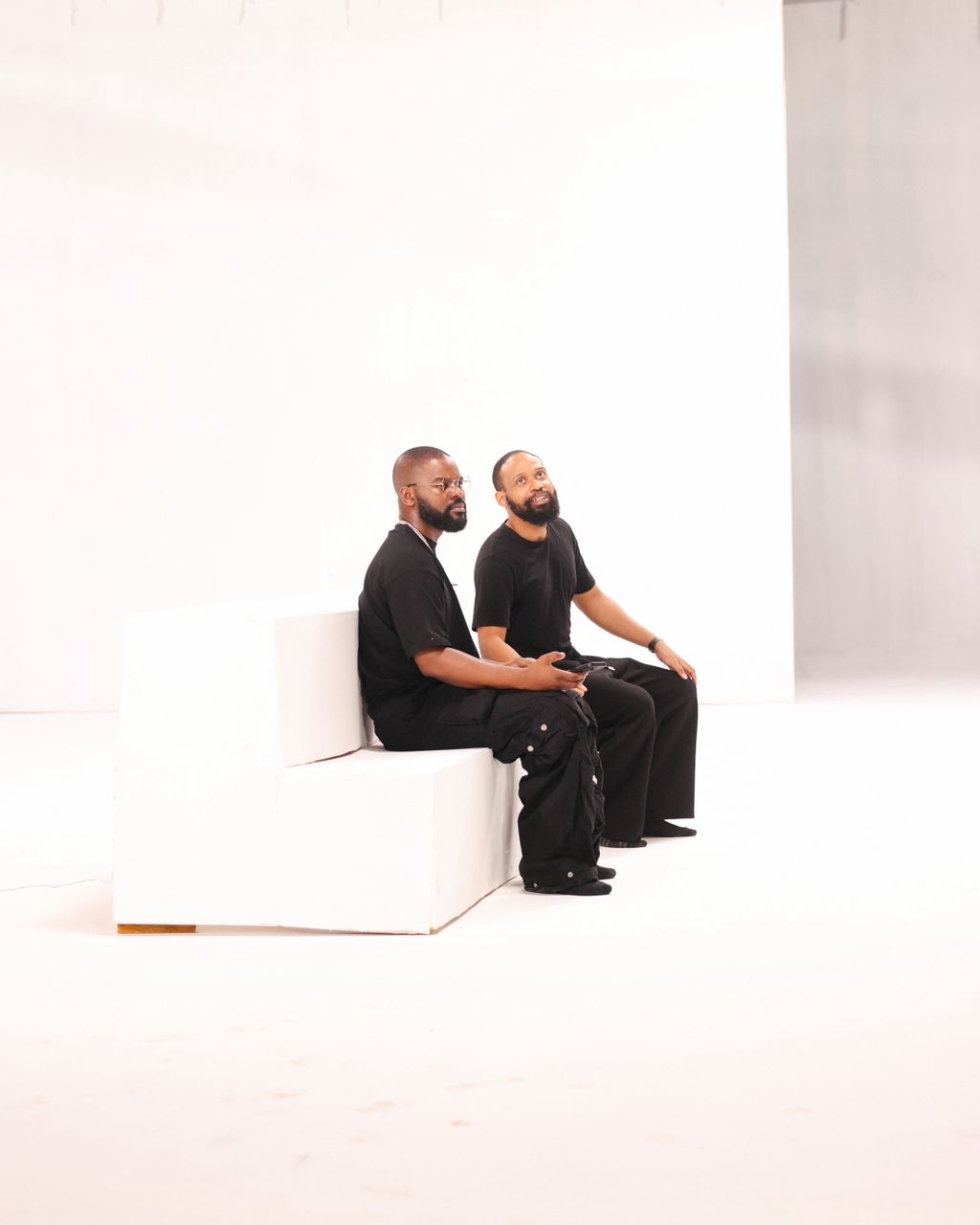
Falz is an artist known for blending commentary, humour, and storytelling. How did you ensure your creative direction for ‘The Feast’ and ‘Before The Feast’ matched his unique voice?
I treated his wit and commentary as ingredients, not adornments. The goal was to plate his essence in a way that felt rich yet digestible, to serve his humour alongside his depth, without one overpowering the other. Balanced as all things should be.
What was your creative vision going into those projects?
The vision was to create a body of work that stands as both an archive and offering. An archive that captures Falz’s many sides: storyteller, commentator, satirist, celebrant, and an offering to listeners who gather at the table. Each version of Falz brings its own flavour, but together they form one rich feast. The goal was to present him as whole and vulnerable, giving audiences not just songs but an authentic, lasting experience.
What excites you most about the future of cross-cultural music projects in Africa?
I’m excited by the infinite possibilities ahead. The future of creativity lies in fusion, weaving sound, visuals, culture, and technology into immersive experiences that resonate across borders.
What excites me most is not just the art itself, but the strategy of shaping it into narratives that can travel, sustain, and create lasting impact. The horizon is wide open, and Africa stands at the centre of that expansion. There are some concepts we are currently playing with that are scary and mind-blowing at the same time.
Are there particular global markets or creative industries you’re eyeing for collaborations?
Yes. Beyond music, I am deeply drawn to film, fashion, events, and technology because they are powerful spaces of cross-pollination.
Each of these arenas offers a canvas where creativity does not just express itself but expands its reach, stretching influence into new territories. Film allows stories to be immortalised in motion and memory. Fashion turns identity into something you can wear and embody. Events create real-time experiences that shape how communities gather and remember. Technology is the great amplifier, turning ideas into scalable movements that can travel faster than ever before. When these elements converge with music, they do more than coexist; they rewrite narratives, redefine culture, and reimagine what is possible.
If you had to distill your philosophy as a creative director and A&R into one sentence, what would it be?
To discover the unseen core and essence of a thing and translate it into an experience that redefines how it is perceived and consumed.
